On the morning of October 29, the 2021 International Symposium on Chinese Art Anthropology, sponsored by the Chinese Society of Art Anthropology and Anhui University of Finance and Economics, undertaken by the School of Art of Anhui University of Finance and Economics, co-organized by Southeast University Research Base of Chinese ethnic Visual Image, National Art Magazine and Yunnan University, opened in Anhui University of Finance and Economics. The theme of this conference is Art Anthropology and Ethnic development. Professor Feng Delian, Vice President of Anhui University of Finance and Economics, Researcher Fang Lili, President of Chinese Society of Art Anthropology, Mr. Zhang Zhe, Deputy Secretary-General of Social Survey Center of Counsellors' Office of the State Council, and Researcher Xu Xiaoming, editor-in-chief of National Art attended and addressed the opening ceremony. Dr. Tkachenko Kateryna from Ukraine, Dr. Umer Shahzad from Pakistan and other more than 200 experts and scholars from home and abroad in the field of art anthropology and related disciplines participated in the academic event through a combination of online and offline.
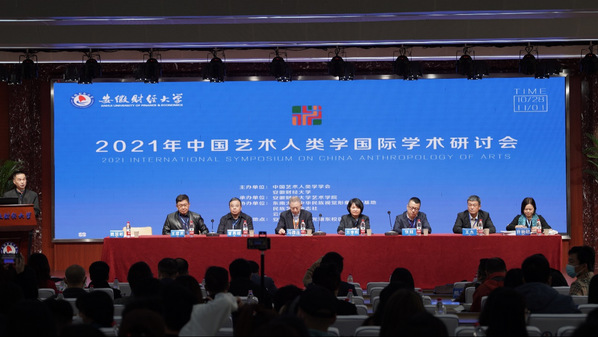
At 8 am, the opening ceremony of 2021 International Symposium on Chinese Art Anthropology was held in the lecture hall of Qiuzhen Building, Anhui University of Finance and Economics. The opening ceremony was presided over by Professor Wei Guobin, Dean of School of Art, Anhui University of Finance and Economics. Professor Feng Delian, Vice President of Anhui University of Finance and Economics, delivered the opening speech. In his speech, Professor Feng Delian expressed sincere welcome and cordial greetings to the experts and scholars from home and abroad on behalf of Anhui University of Finance and Economics. He introduced the discipline development, professional construction, talent training, social service and school-running characteristics of Anhui University of Finance and Economics in recent years. He emphasized the significance and important role of traditional Chinese art and Chinese art anthropology in the cultural identity of the Chinese nation and the formation of the consciousness of community of the Chinese nation. He hoped that the experts and scholars attending the meeting would continue to pay attention to and support the discipline development of the School of Art of Anhui University of Finance and Economics, and use the academic seminar as a platform to exchange academic ideas, share academic achievements and expand academic horizons. Promote art anthropology and national development.
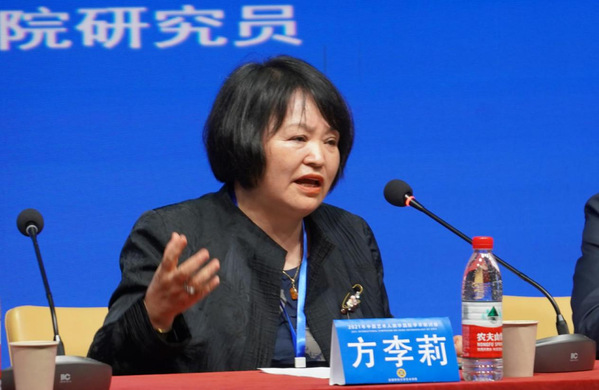
Next, the conference keynote. Professor Fang Lili, President of Chinese Society of Art Anthropology, Southeast University and Chinese National Academy of Art, gave a report entitled Theory and Practice of Chinese Art Anthropology in the warm applause. She made a profound analysis and summary of the research themes, research objects and main contents of Chinese art anthropology in different periods, as well as the overall problems of Chinese art anthropology research, which aroused strong resonance and active discussion among scholars present and teachers and students.

Wang Jie, Vice president of the Chinese Society of Art Anthropology and Professor of Zhejiang University, gave a report entitled Angel without Wings -- The Aesthetic Anthropological Basis of Chinese Local Literature. He pointed out that local literature is an important phenomenon in the process of China's modernization, and the aesthetic value, social significance, transmission and realization mechanism of Chinese local literature can be studied from the perspective of aesthetic anthropology.
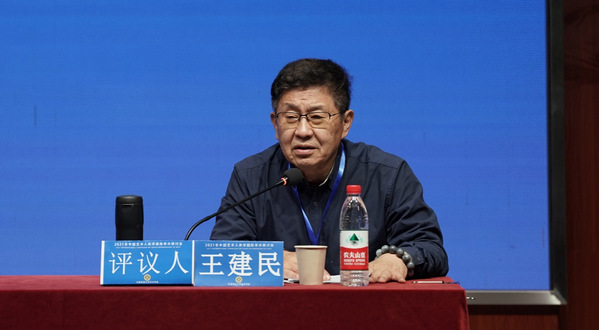
Wang Jianmin, vice president of the Chinese Society of Art Anthropology and Professor of Minzu University of China, pointed out in his report Cultural Symbols and Visual Images under the Consciousness of Community of the Chinese Nation that contemporary cultural image design is in the process of being constantly reproduced and recreated through communication, interpenetration and integration among different social and cultural concepts. The cultural image design is regarded as a theoretical practice with greater social care, so that more people can accept and recognize the traditional culture with certain times and space limits in a specific region. At the same time, symbols and their visual presentation, interpretation and interpretation of cultural symbols and image resources make it possible to share.
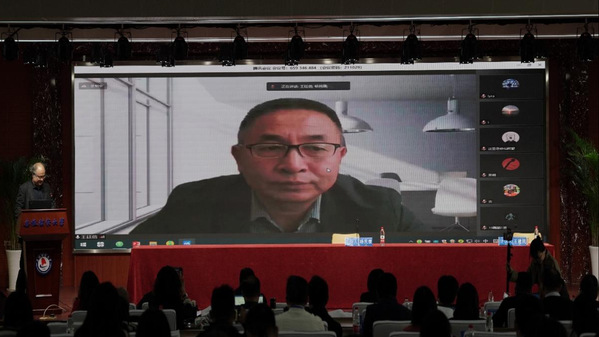
Wang Tingxin, Vice president of Chinese Society of Art Anthropology and Professor of Communication University of China, gave a report entitled Cultural Change and the Contemporary Inheritance of Nuo Culture. He analyzed the value of Nuo culture as a living fossil, the survival strategy of Nuo culture itself, and the wisdom of the people contained in Nuo culture from six aspects, including the origin, continuation and characteristics of Nuo culture, the thinking logical chain of Nuo culture, the factors influencing the change of Nuo culture, the contemporary situation of Nuo culture, the value of the contemporary inheritance of Nuo culture, and how to inherit Nuo culture.
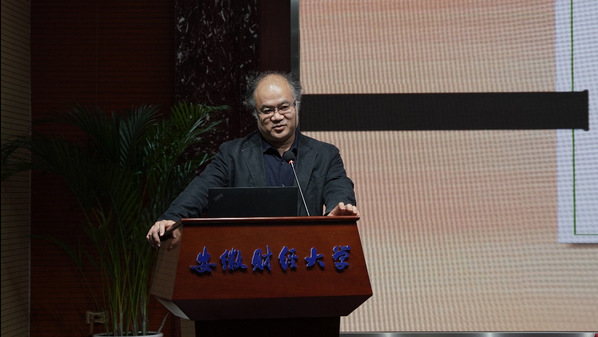
Professor Wang Xiaokui of Southern University of Science and Technology pointed out in his report titled Art and the Reconstruction of Daily Life that art not only plays a direct role in the reconstruction of daily life, but also can reproduce the previously hidden daily structure of human life by reflecting on the sense of life. The disaster shattered the formerly monolithic living world, leaving it exposed to countless faults and fragments. Through the depiction of these faults and the splicing of the fragments, art allows us to re-understand the meaning and value of daily life, and provides the prototype and template for the reconstruction of daily life.
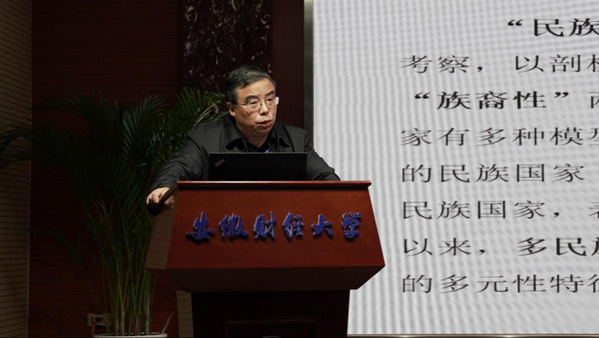
Professor Xia Yanjing of Nanjing University of the Arts pointed out in his report titled The Artistic Portrayal of National Identity -- A Study of the Sinicized Historical Sites of Tuoba Wei Dynasty from Inner Mongolia to Shanxi that national identity firstly starts from identity, which is related to the model of citizenship and ethnicity. Modern multi-ethnic countries have a unified national citizenship identity in the idea, it is summarized by Chinese classical philosophy view, but harmony but different, its harmony is the link of citizenship, forms the subject identity of citizenship.
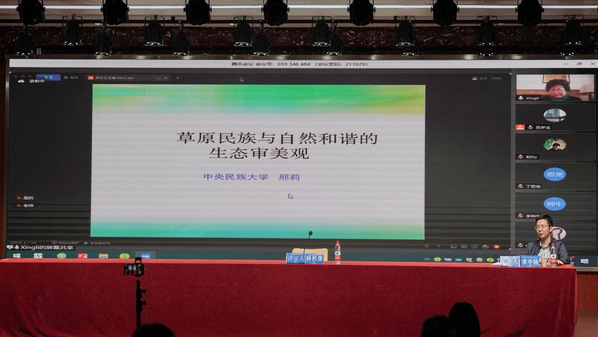
Professor Xia Yanjing of Nanjing University of the Arts pointed out in his report titled The Artistic Portrayal of National Identity -- A Study of the Sinicized Historical Sites of Tuoba Wei Dynasty from Inner Mongolia to Shanxi that national identity firstly starts from identity, which is related to the model of citizenship and ethnicity. Modern multi-ethnic countries have a unified national citizenship identity in the idea, it is summarized by Chinese classical philosophy view, but harmony but different, its harmony is the link of citizenship, forms the subject identity of citizenship.

Shi Yin, Vice President of the Chinese Society of Art Anthropology and Professor of Beijing Normal University, published a report entitled Ethnographic Investigation and Folk Art Collection -- A Case Study of Folk Cultural Relics collected by the Chinese Academy of Social Sciences and the Institute of Anthropology. Taking ethnic cultural relics collected by the Institute of Ethnology and Anthropology of the Chinese Academy of Social Sciences as an example, he discusses the relationship between the ethnological field investigation and the collection of ethnic cultural relics, and also discusses the types, functions and characteristics of some ethnic cultural relics preserved at present.

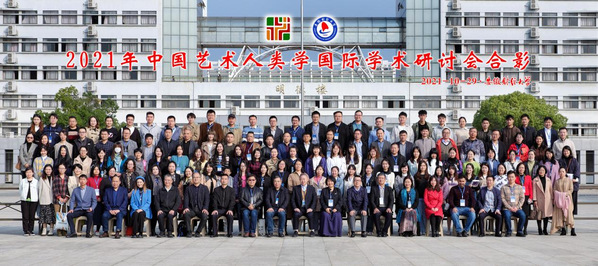
(Writing by Lu Nan Nan Zibao; Photography is by Wu Jiaxiao. Reviewed by: Yanfa Wu)

